If you want to add some companions for your betta fish, you might be wondering what kind of tank mates are suitable. Contrary to popular belief, bettas can coexist with other fish and invertebrates, as long as you choose the right species and provide enough space and hiding places.
In this blog post, we will introduce you to 13 amazing betta tank mates that you can keep in your aquarium.
Betta Live With Other Fish – What Should You Need!
Betta fish, often seen as the spirited champions of the aquatic world, can surprisingly coexist with other fish and invertebrates under the right conditions. For a harmonious underwater community, ensure they have a size 5 to 20-gallon tank adorned with live plants and hiding spots.
This not only adds beauty to your living space but also offers a soothing, therapeutic touch, reminding us of the peaceful coexistence nature often exemplifies.
13 Best Tank Mates for Betta Fish (Live Happily)
Betta fish, with their iridescent scales and flamboyant fins, are a favorite for many aquarium enthusiasts. While they are often the solo stars of their tanks due to their territorial nature, under the right conditions, they can share their space with betta fish friends.
These companions not only add diversity and vibrancy to your aquarium but also make betta fish happy in a more natural environment. Here’s a list of 13 potential tank mates for betta fish:
1. Corydoras Catfish (Cories)
Corydoras, commonly known as Cories, are the peacekeepers of the aquatic world. With their gentle nature, they comfortably rest at the bottom of the tank, scavenging for leftovers. This behavior not only keeps the tank cleaner but also ensures they don’t intrude upon the betta’s territory.
- Adult Fish Size: 1 to 2.5 inches (2.5 to 6.4 cm)
- Minimum Tank Size: 20 gallons
- Care Level: Easy
- Diet: Omnivore
- Swimming Level: Bottom
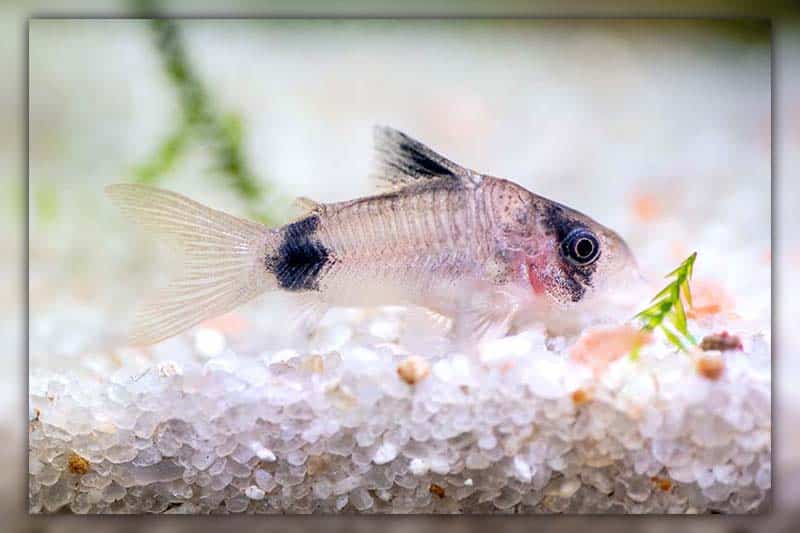
2. Neon Tetras
The shimmering glow of Neon Tetras adds an enchanting touch to any aquarium. They are small, peaceful swimmers that exhibit colors which beautifully complement bettas without inciting any aggressive behavior.
- Adult Size: 1 to 1.5 inches (2.5 to 3.8 cm)
- Minimum Tank Size: 10 gallons
- Care Level: Intermediate
- Diet: Omnivore
- Swimming Level: Middle
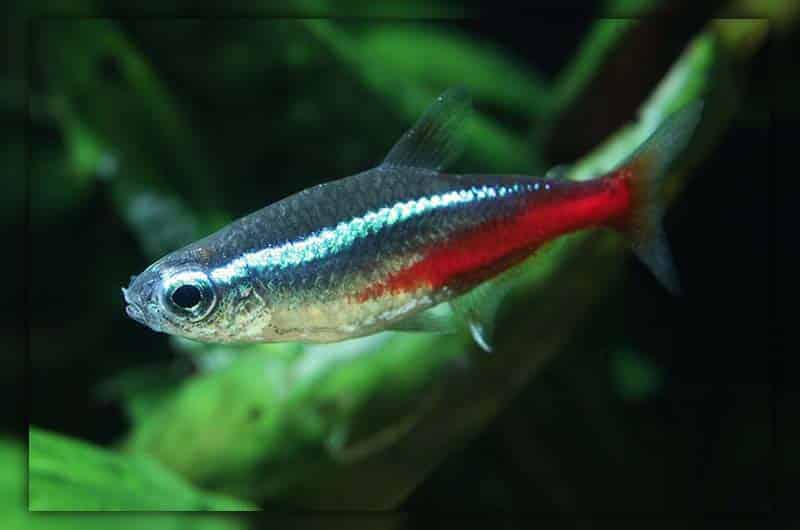
3. Cardinal Tetras
With a striking resemblance to Neon Tetras but a bolder blue and red coloring, Cardinal Tetras enhance an aquarium’s aesthetics without provoking the betta. They prefer to swim in schools, creating a mesmerizing display of coordinated movement.
- Adult Size: 1.5 to 2 inches (3.8 to 5 cm)
- Minimum Tank Size: 10 gallons
- Care Level: Intermediate
- Diet: Omnivore
- Swimming Level: Middle
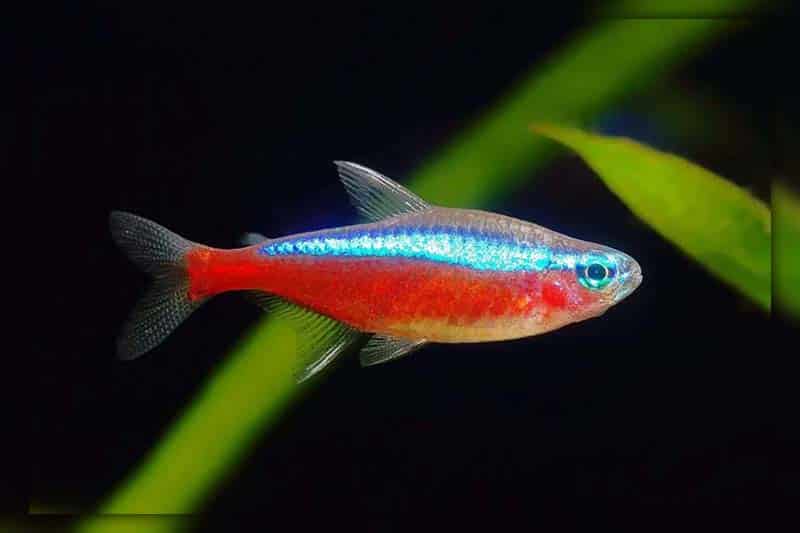
4. Harlequin Rasboras
Adorned with a signature black triangular patch, Harlequin Rasboras are serene and undemanding. They cohabit seamlessly with bettas, sharing the mid-water region without conflict.
- Adult Size: 1.5 to 2 inches (3.8 to 5 cm)
- Minimum Tank Size: 10 gallons
- Care Level: Easy
- Diet: Omnivore
- Swimming Level: Middle
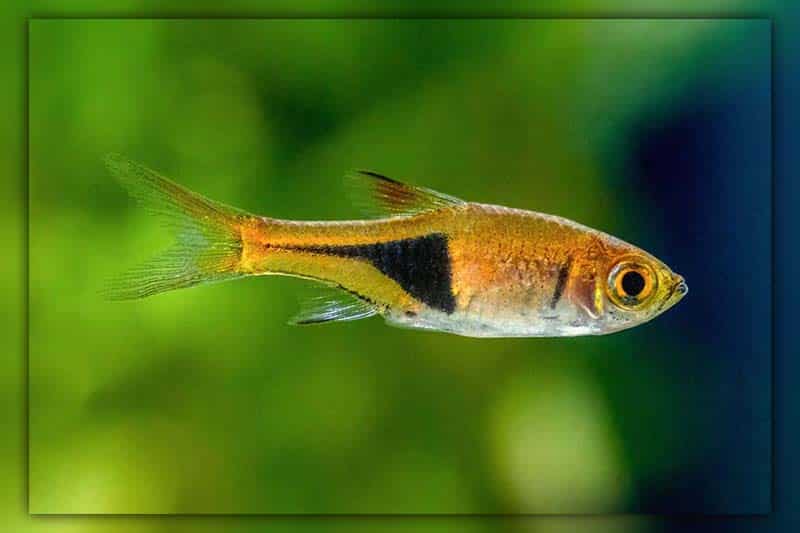
5. Ghost Shrimp
Ghost Shrimp, with their transparent bodies, are nearly invisible wonders of the aquatic realm. They are industrious cleaners, busily scavenging for detritus, making them valuable allies in maintaining tank cleanliness. Their peaceful demeanor and discreet presence make them ideal roommates for bettas, ensuring minimal disturbances.
- Adult Size: 1.5 to 2 inches (3.8 to 5 cm)
- Minimum Tank Size: 5 gallons
- Care Level: Easy
- Diet: Omnivore
- Swimming Level: Bottom
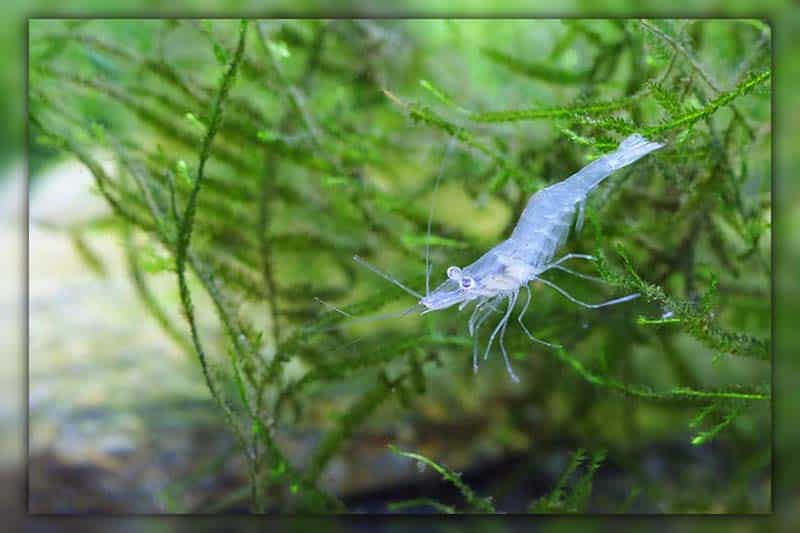
6. Cherry Shrimp
Bright and vivacious, Cherry Shrimp bring a splash of color and activity to aquariums. These small creatures are diligent in algae control and detritus cleanup, and due to their small size, they typically evade a betta’s attention, making them great tank mates.
- Adult Size: Up to 1 inch (2.5 cm)
- Minimum Tank Size: 5 gallons
- Care Level: Easy
- Diet: Omnivore
- Swimming Level: Bottom
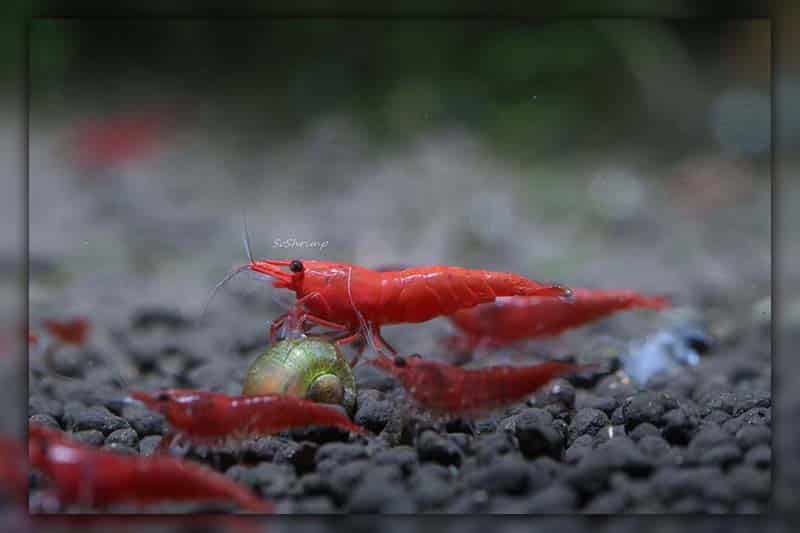
7. Nerite Snails
Sporting unique patterns and designs on their shells, Nerite Snails are nature’s decor pieces that come with a functional advantage. Renowned for their algae-eating capabilities, they help maintain a clean tank. Their slow-paced nature and tough shells generally keep them safe from a curious betta’s nips.
- Adult Size: Up to 1 inch (2.5 cm) in diameter
- Minimum Tank Size: 5 gallons
- Care Level: Easy
- Diet: Herbivore
- Swimming Level: Bottom
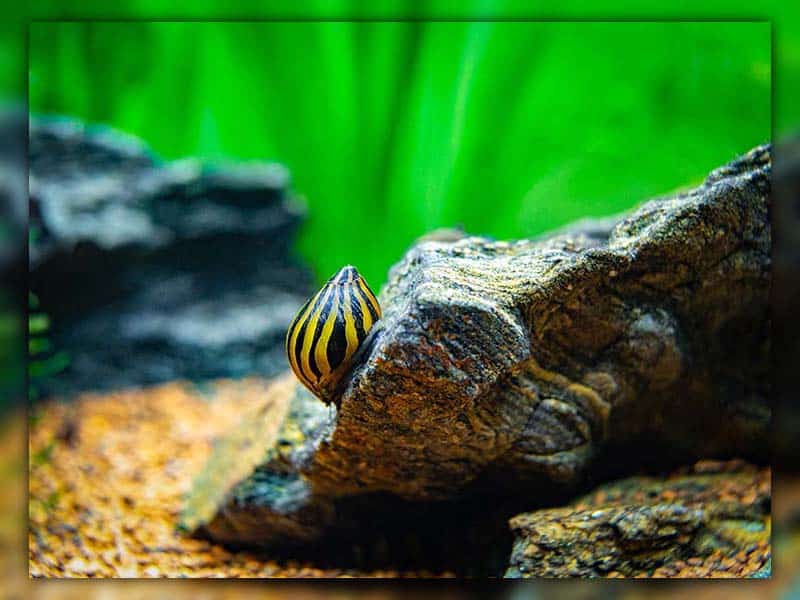
8. Mystery Snails
Mystery Snails, often characterized by their vibrant shells and intriguing spirals, are more than just pretty faces. These giant Betta tank mates are excellent scavengers, consuming excess food and algae. Their pace and thick shells make them less susceptible to any potential betta curiosity or aggression.
- Adult Size: Up to 2 inches (5 cm) in diameter
- Minimum Tank Size: 10 gallons
- Care Level: Easy
- Diet: Omnivore
- Swimming Level: Bottom
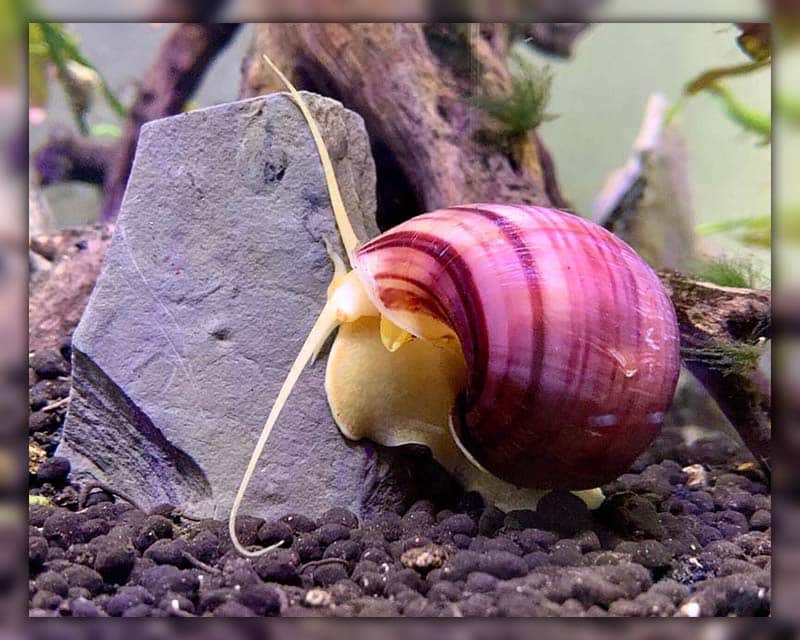
9. African Dwarf Frogs
These petite, fully-aquatic frogs bring a touch of playful charm to any tank. Remaining relatively small throughout their lives, they often explore the bottom of the tank or float tranquilly near the surface. Their peaceful nature ensures they neither threaten nor are threatened by bettas, making them a delightful addition.
- Adult Size: 1.5 to 2 inches (3.8 to 5 cm)
- Minimum Tank Size: 10 gallons
- Care Level: Intermediate
- Diet: Carnivore
- Swimming Level: Bottom to Top
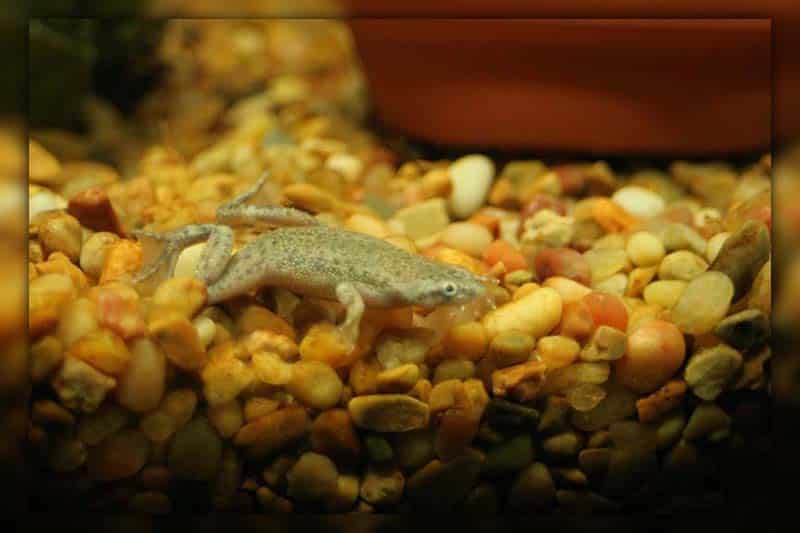
10. Ember Tetras
These fiery little fish are known for their brilliant, ember-like hue. Their small size and peace-loving character make them great betta fish companions. When in a school, they dart around, adding dynamism and color to the aquarium.
- Adult Size: Up to 1 inch (2.5 cm)
- Minimum Tank Size: 10 gallons
- Care Level: Intermediate
- Diet: Omnivore
- Swimming Level: Middle
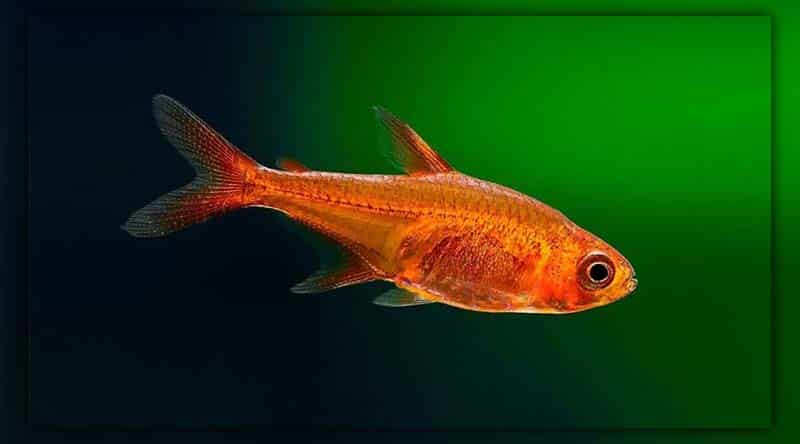
11. Kuhli Loaches
Resembling tiny serpents, Kuhli Loaches are nocturnal bottom-dwellers. Their unique appearance and burrowing habits make them a fascinating addition. They typically avoid confrontation with bettas, choosing to stay hidden during the day and explore during the night.
- Adult Size: 3 to 5 inches (7.6 to 12.7 cm)
- Minimum Tank Size: 20 gallons
- Care Level: Intermediate
- Diet: Omnivore
- Swimming Level: Bottom
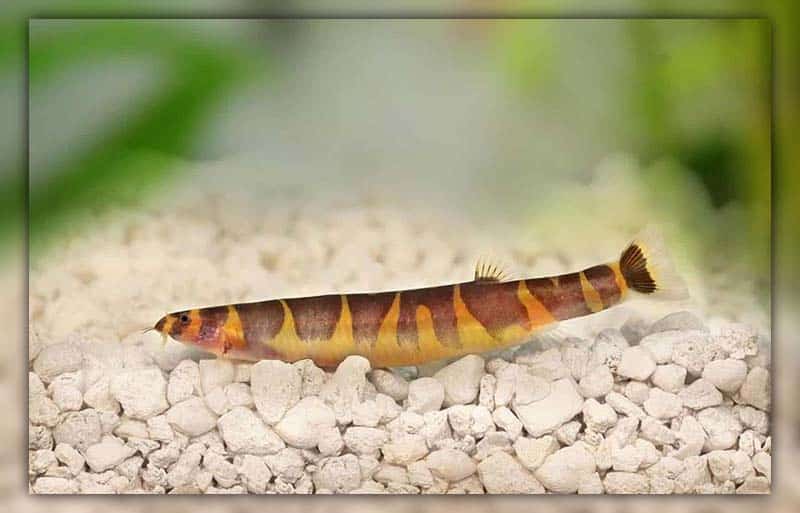
12. White Cloud Mountain Minnows
Hailing from cool streams, these graceful swimmers have a striking iridescent line that runs through their bodies. Their hardiness and non-aggressive nature make them suitable tank mates for bettas. They add both movement and color to the middle region of the aquarium.
- Adult Size: 1.5 to 2 inches (3.8 to 5 cm)
- Minimum Tank Size: 10 gallons
- Care Level: Easy
- Diet: Omnivore
- Swimming Level: Middle

13. Feeder Guppies
Known for their vibrant tails and patterns, Feeder Guppies are active and cheerful swimmers. While they’re often used as live food for larger fish, in a betta tank, they can be peaceful co-inhabitants. Their swift movements and varying colors make the tank environment lively. However, they are unusual betta tank mates as they might provoke aggression from the betta due to their long, colorful tails.
- Adult Size: 1 to 2 inches (2.5 to 5 cm)
- Minimum Tank Size: 5 gallons
- Care Level: Easy
- Diet: Omnivore
- Swimming Level: Middle to Top
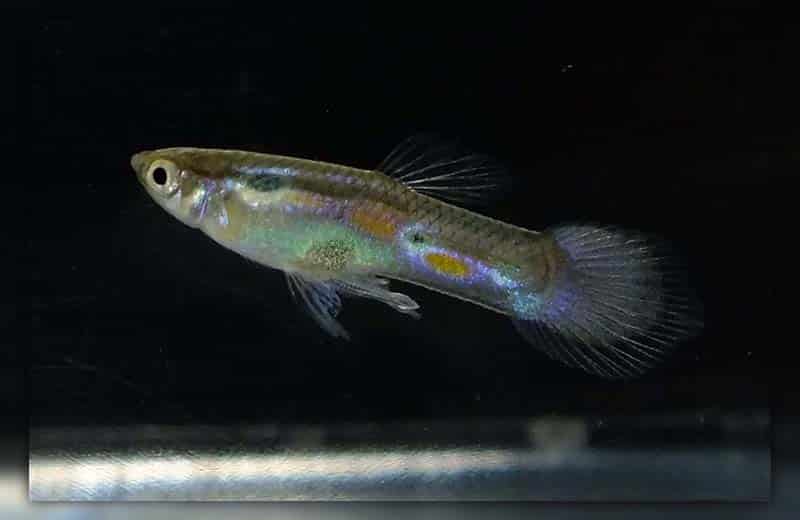
Betta Tank Mates 5 Gallon
A 5-gallon tank is suitable for smaller tank mates that require minimal space. Ideal companions for such a setup include Ghost Shrimp, Cherry Shrimp, Nerite Snails, and Feeder Guppies. It’s essential to ensure that the tank doesn’t get overcrowded to maintain a healthy environment for your betta and its companions.
Betta Tank Mates 10 Gallon
With a little more room to swim, a 10 gallon fish tank can accommodate a diverse range of tank mates. Corydoras Catfish, Neon Tetras, Cardinal Tetras, and Harlequin Rasboras can happily coexist in this setup. As always, proper care, maintenance, and periodic water changes are crucial for a thriving aquatic community.
Betta Fish Tank Mates to Avoid
While the aquatic world is vast and diverse, not all can be betta compatible fish. Here’s a deeper dive into some species that may not be the best fit for a harmonious betta habitat:
1. Goldfish
Goldfish, though beloved by many, aren’t the best companions for bettas. The primary reason being their differing temperature needs: goldfish prefer cooler waters of 65-72°F, while bettas thrive in warmer conditions of 76-81°F. Besides temperature disparities, goldfish’s significant waste production and the potential for dominance can further strain their coexistence with bettas.
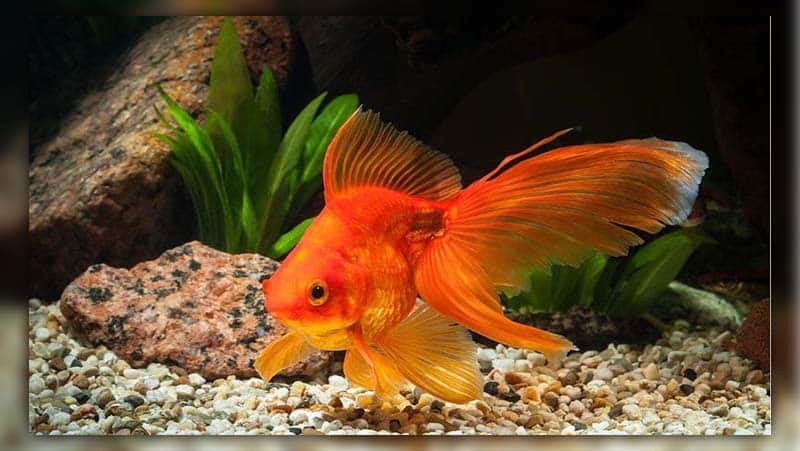
2. Guppies
Guppies, small and hardy, are great for novice aquarists. Their resilience across varied water conditions makes them appear to be ideal tank mates. However, there’s a catch. Male guppies sport colorful, long fins, which can easily be misconstrued as those of a rival betta. This can incite aggression, risking harm to both species. Moreover, guppies reproduce swiftly, which can lead to overcrowding and deteriorating water quality.
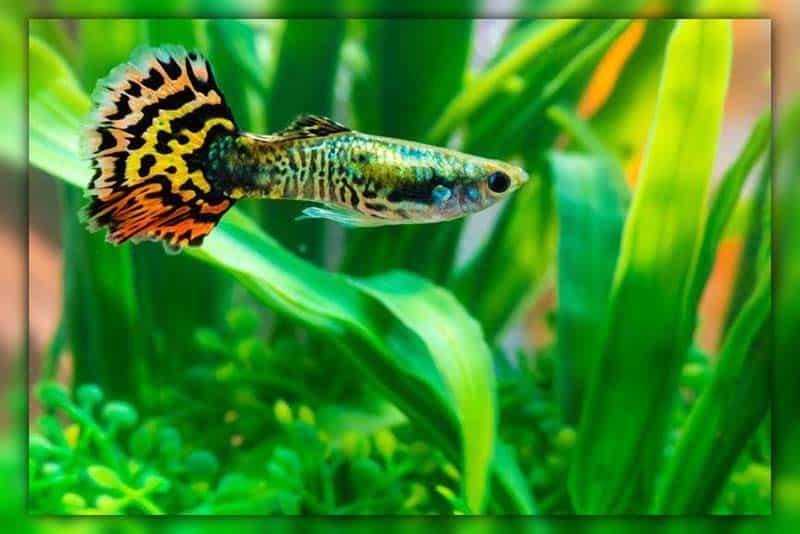
3. Angelfish
Angelfish are undeniably magnificent, sharing similar water preferences with bettas. But herein lies the problem: their comparable body shapes can become a bone of contention. The resemblance can spur confrontations, making it advisable to avoid housing them together for peace’s sake.
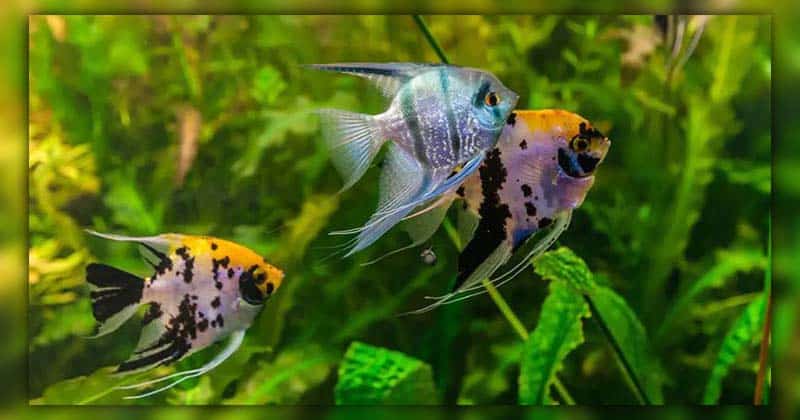
4. Tiger Barbs
Their vivid colors make tiger barbs a visual treat, but their lively demeanor might be too much for bettas. Known for their fin-nipping antics, they pose a risk to male bettas, renowned for their elegant, lengthy fins. Such behavior solidifies the recommendation to keep tiger barbs separate from betta tanks.
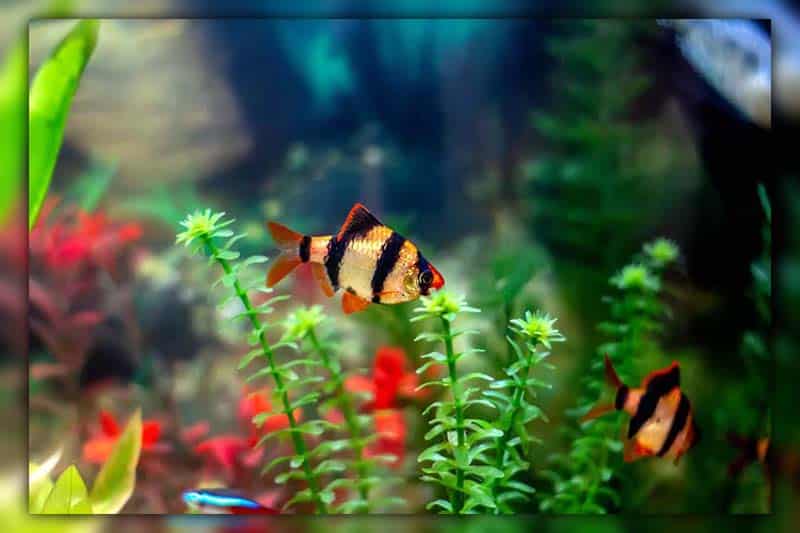
Tips to Choosing Best Tank Mates
Creating a thriving and peaceful aquatic community requires careful consideration and thoughtful planning. If you’re eager to add both male and female betta fish tank mates, follow these essential tips to ensure a harmonious and enriching environment for all inhabitants.
1. Tank Size
Ensure your aquarium is sufficiently spacious to accommodate multiple fish comfortably. A tank size of at least 10 gallons is often recommended when considering tank mates for your betta. Sufficient space helps minimize territorial disputes and provides ample room for each fish to establish their own territory.
2. Introduce Betta Last
When assembling a community tank, introduce your betta fish as the final addition. This approach reduces the chances of territorial conflicts arising among existing inhabitants and promotes a smoother integration of new members.
3. Provide Abundant Hiding Spots
Create a diverse underwater landscape with plenty of hiding spots. Incorporate live plants, caves, and other decorations that offer shelter and privacy. These hiding spots not only provide refuge for other fish but also disrupt the line of sight, minimizing potential confrontations.
4. Monitor Behavior
Regularly observe the interactions between your betta and other fish during the introduction phase. If you notice any signs of aggression or stress, such as chasing, nipping, or flaring, take swift action. Separating the fish or adding more hiding spots can help alleviate tension and prevent harm.
5. Avoid Similar Appearance
Fish that resemble bettas, especially those with similar body shapes or flowing fins, might trigger territorial responses. To prevent confusion and potential aggression, opt for tank mates with distinct appearances from your betta.
6. Steer Clear of Fin Nippers
Certain fish species, such as barbs, have a tendency to nip at the fins of other fish. This behavior can be particularly concerning for bettas with their delicate and ornate fins. To ensure the well-being of your betta, avoid species known for fin-nipping tendencies.
Final Thoughts
Selecting the ideal companions for your betta fish can be a daunting task, given their known aggressive nature. However, with careful planning and selection, bettas can coexist harmoniously with a variety of other fish in community tanks. With the best 13 species mentioned in this list are among the top choices for betta tank mates in the aquarium hobby. You can confidently add them into your community tank!
Lean More:
- Can male and female betta fish live together in same tank?
- Depressed & unhappy betta fish: Why and What to Do




